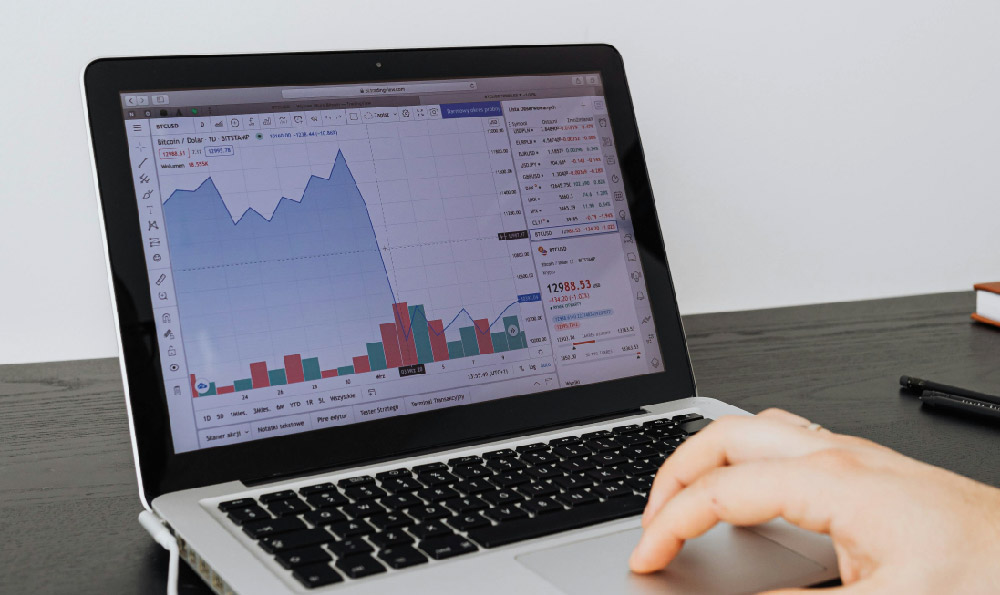
DoorDash has emerged as a dominant player in the on-demand delivery ecosystem, transforming the way consumers access food and goods while simultaneously reshaping the operational strategies of businesses. At its core, the company operates on a digital marketplace model, acting as a bridge between local service providers and customers seeking convenience. This dual-sided platform approach not only drives user engagement but also ensures a steady flow of demand for delivery services, creating a sustainable revenue stream. By leveraging technology, data analytics, and a robust network of drivers, DoorDash has managed to scale its operations efficiently, maintaining profitability even in a highly competitive landscape. The company's ability to adapt to evolving market dynamics, from the initial surge of pandemic-related demand to the ongoing shift toward sustainable and diversified delivery solutions, underscores its strategic agility. One of the key elements of DoorDash's business model is its focus on transaction fees, which serve as the primary source of income. When a customer places an order through the DoorDash app, the company typically charges a percentage of the order value as a service fee, usually ranging between 15% to 30%, depending on the merchant and the type of order. This fee structure allows DoorDash to generate revenue from each transaction without directly bearing the cost of goods, making it a scalable business model. However, the company has also pioneered additional revenue streams, such as subscription-based services for merchants, which provide access to exclusive features like enhanced delivery capabilities, customer insights, and marketing tools. These subscriptions not only offer a recurring revenue source but also deepen the relationship between DoorDash and its business partners, fostering long-term loyalty. Another critical aspect of DoorDash's financial strategy involves its dynamic pricing model, which adjusts delivery fees based on real-time demand and supply. During peak hours or high-traffic events, the company increases its fee to incentivize drivers to accept more orders, thereby balancing the strain on the delivery network with increased profitability. This mechanism not only optimizes the company's margins but also ensures that drivers remain motivated to handle the fluctuating demand. Additionally, DoorDash has expanded its revenue opportunities by introducing a branded delivery service, where the company operates its own delivery fleet for select merchants. This hybrid model allows DoorDash to capture a larger share of the delivery cost while providing customers with a guaranteed delivery experience. The company's financial performance is further bolstered by its data-driven approach to market expansion, which enables it to identify high-potential regions and industries for growth. Through sophisticated algorithms and machine learning models, DoorDash can predict consumer behavior, assess restaurant demand, and efficiently allocate resources to maximize profitability. This technological edge is a cornerstone of its business strategy, allowing the company to maintain low operational costs and high scalability. The importance of partnerships cannot be overstated in DoorDash's business model. By collaborating with a vast network of restaurants, grocery stores, and other local businesses, DoorDash ensures a diverse range of offerings for customers. These partnerships are not only crucial for maintaining a steady supply of services but also for creating a mutually beneficial ecosystem. Restaurants gain access to a large customer base, while DoorDash benefits from a consistent flow of orders and a wide array of products to offer. Furthermore, the company has diversified its revenue sources by entering new markets and offering additional services beyond food delivery. This strategic diversification reduces reliance on a single industry and mitigates the risk of market saturation. By expanding into grocery deliveries, pharmacy services, and even alcohol deliveries in certain regions, DoorDash has broadened its appeal to a wider demographic, ensuring long-term financial stability. The company's financial success is also attributed to its investment in infrastructure and technology. DoorDash has developed a proprietary delivery management system that streamlines the entire process from order placement to delivery, reducing overhead costs and increasing operational efficiency. This system enables real-time tracking of orders, automated routing for drivers, and seamless communication between merchants and customers, further enhancing the user experience. The company's ability to continually innovate and adapt its technology stack has been instrumental in maintaining its competitive edge. In addition to its primary revenue streams, DoorDash has also explored monetization opportunities through its app's features. For example, the company offers personalized advertising options for merchants, allowing them to reach targeted customers for their products. These advertising services generate additional revenue while providing value to merchants by increasing their visibility and sales. DoorDash's focus on customer retention is another key factor in its financial strategy. By offering loyalty programs, exclusive deals, and a seamless user experience, the company encourages repeat orders, ensuring a steady revenue flow. The integration of data analytics into customer engagement strategies allows DoorDash to understand consumer preferences and tailor its offerings accordingly, creating a more personalized and profitable service. The company's ability to manage its cost structure effectively is critical to its profitability. DoorDash carefully balances the costs associated with driver compensation, logistics, and technology development to maintain a healthy profit margin. While the company's drivers are typically independent contractors, DoorDash has implemented various incentives and bonuses to ensure a motivated workforce. This includes dynamic pay rates that adjust based on demand, delivery bonuses for timely pickups, and performance-based rewards for high-quality service. The company's financial model also accounts for the costs of maintaining its digital platform, which requires continuous investment in app development, cybersecurity, and user interface enhancements. These expenditures are offset by the revenue generated from its diverse service portfolio and expanding market reach. Overall, DoorDash's business model is a testament to the power of technology and strategic partnerships in creating a scalable and profitable on-demand delivery ecosystem. By focusing on transaction fees, subscription services, dynamic pricing, and innovative revenue streams, the company has managed to establish itself as a leader in the industry. Its ability to adapt to changing market conditions and optimize its cost structure ensures long-term financial sustainability. As the company continues to expand and diversify its offerings, it is likely to maintain its growth trajectory and further solidify its position in the evolving delivery landscape. DoorDash's model serves as a valuable case study for entrepreneurs and investors looking to understand the intricacies of building and scaling a digital marketplace. The company's success highlights the importance of creating a seamless user experience, maintaining a strong network of partners, and leveraging technology to drive efficiency and profitability. In an increasingly digital and on-demand world, DoorDash's approach provides a blueprint for how businesses can thrive by embracing innovation and adaptability.






